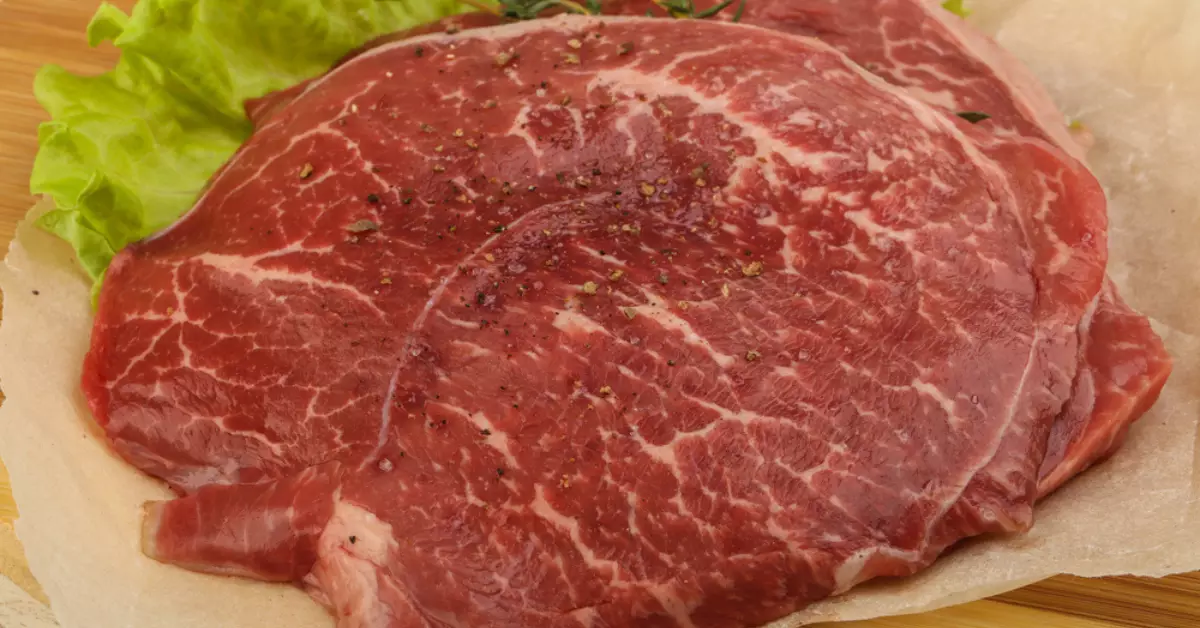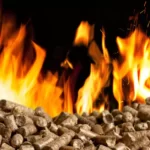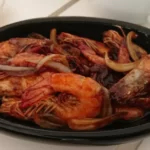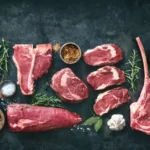There’s something timeless and universally appealing about a beautifully cooked brisket. When it comes to feeding a crowd, this classic dish can bring everyone together. However, one of the most daunting tasks when planning to serve brisket is figuring out how much to buy.
The rule of thumb when catering for large groups is to err on the side of having too much rather than too little. When it comes to brisket, the golden guideline to follow is a half-pound per person. So, for 30 people, you’d ideally want around 15 pounds of uncooked brisket.
Brisket, with its tantalizing aroma and melt-in-your-mouth texture, offers more than just sustenance; it is an experience. Planning the perfect brisket feast requires consideration of numerous factors, from the size of your guest list to the cooking method.
What is Brisket?
Brisket Basics: Definition and Cuts
Brisket is a cut of meat from the lower chest or breast of a cow. This heavily muscled area supports about 60% of the cow’s body weight, leading to a richly marbled, flavorful cut. There are two main types of brisket: the “flat cut” which is leaner, and the “point cut” which has more marbling and fat.
The Importance of Quality in Brisket Selection
The quality of your brisket can significantly impact the final taste and texture of your dish. Higher quality cuts have a balanced distribution of fat, or “marbling,” which lends to a more flavorful and moist brisket once cooked.
Key Factors in Calculating Brisket Portions
When estimating how much brisket you’ll need, consider these key factors:
Guest Appetite Levels
Are your guests light, average, or heavy eaters? If you’re serving a crowd of hearty eaters, you might need to up your brisket portions a bit.
The Role of Side Dishes
The more side dishes you have, the less brisket your guests will consume. If brisket is the only main dish, you’ll need more per person.
Impact of Other Main Courses
If you’re serving other main courses alongside the brisket, your guests will likely eat less brisket.
Factor of Leftovers
If you’re okay with leftovers, buy a little more brisket. Leftover brisket can be used in a variety of delicious meals the next day.
The Art of Estimating Brisket Quantities
Estimating brisket quantities can be somewhat of an art. While you can start with a basic rule of thumb, you’ll often need to adjust based on various factors.
The Pound per Person Guideline
Start with the basic guideline of a half-pound of uncooked brisket per person. Remember, the brisket will lose about half its weight during cooking.
When to Scale Up or Down
If you’re serving brisket as the only main dish, consider increasing the amount per person to 3/4 pound. Conversely, if you’re serving a variety of mains, you can potentially scale down to 1/3 pound per person.
Purchasing Your Brisket
Once you’ve estimated how much brisket you’ll need, the next step is to buy it.
Where to Buy Quality Brisket
Your local butcher shop is an excellent place to buy quality brisket. They can also offer advice on the best cuts for your needs.
Considerations for Bulk Purchasing
If you’re buying in bulk, check with your local butcher about discounts. Also, remember you’ll need space to store your brisket safely before cooking.
Timing Your Purchase Right
Ideally, you should buy your brisket 2-3 days before you plan to cook it. This allows time for preparation and marination.
Cooking Brisket for a Large Gathering
Techniques for Cooking Large Quantities
Cooking large amounts of brisket can be challenging. The most popular methods include smoking, oven-baking, and slow-cooking. Each method has its own benefits and drawbacks.
How to Keep Brisket Moist and Delicious
To keep your brisket moist, avoid high heat and don’t rush the cooking process. Consider marinating your brisket and injecting it with a flavorful liquid.
The Importance of Allowing Rest Time
After cooking, let your brisket rest for at least 20 minutes before slicing. This allows the juices to redistribute throughout the meat.
Tips for a Successful Feast
Once your brisket is cooked and rested, it’s time to serve!
Carving Your Brisket Properly
Cut your brisket against the grain to ensure tender, easy-to-chew slices.
Ideal Serving Temperature
Serve your brisket warm, ideally at a temperature of 140-145°F.
How to Arrange a Spectacular Brisket Display
For a visually pleasing display, arrange your brisket slices on a platter and garnish with fresh herbs.
Lessons from the Experts
Professional caterers use several strategies to estimate food quantities for large groups:
How Professionals Calculate Food Quantities
Caterers often use software to calculate food quantities based on the number of guests, type of event, and menu.
Catering Tips for Large-Scale Events
They also recommend offering a variety of dishes to ensure all guests’ tastes are catered to.
Frequently Asked Questions
How Much Does Brisket Shrink When Cooked?
Brisket typically shrinks by about 50% when cooked. So, a raw 10-pound brisket will yield about 5 pounds of cooked meat.
Should I Buy Flat Cut or Point Cut Brisket?
Both cuts have their merits. If you prefer leaner meat, go for a flat cut. If you like your brisket juicy and tender, a point cut with more fat may be a better choice.
How Can I Keep My Brisket Warm If It’s Cooked Early?
If your brisket is cooked early, wrap it tightly in foil and keep it in a cooler. It will stay warm for several hours.
Conclusion
At the end of the day, calculating how many pounds of brisket to feed 30 people isn’t rocket science. It involves a basic understanding of the portions required per person and the adjustments necessary based on the factors at play.
Remember, it’s better to have a little too much than not enough, especially when it comes to a dish as popular as brisket. So, the next time you find yourself in the kitchen, preparing for a large gathering, remember these tips. Your guests will leave the feast raving about your amazing brisket, and you’ll enjoy the peace of mind knowing you provided a meal to remember.
May your brisket be juicy, your guests be satisfied, and your feasts be legendary! Remember, the heart of a great gathering isn’t just the food; it’s the shared moments and memories created around the dining table. Happy cooking!







